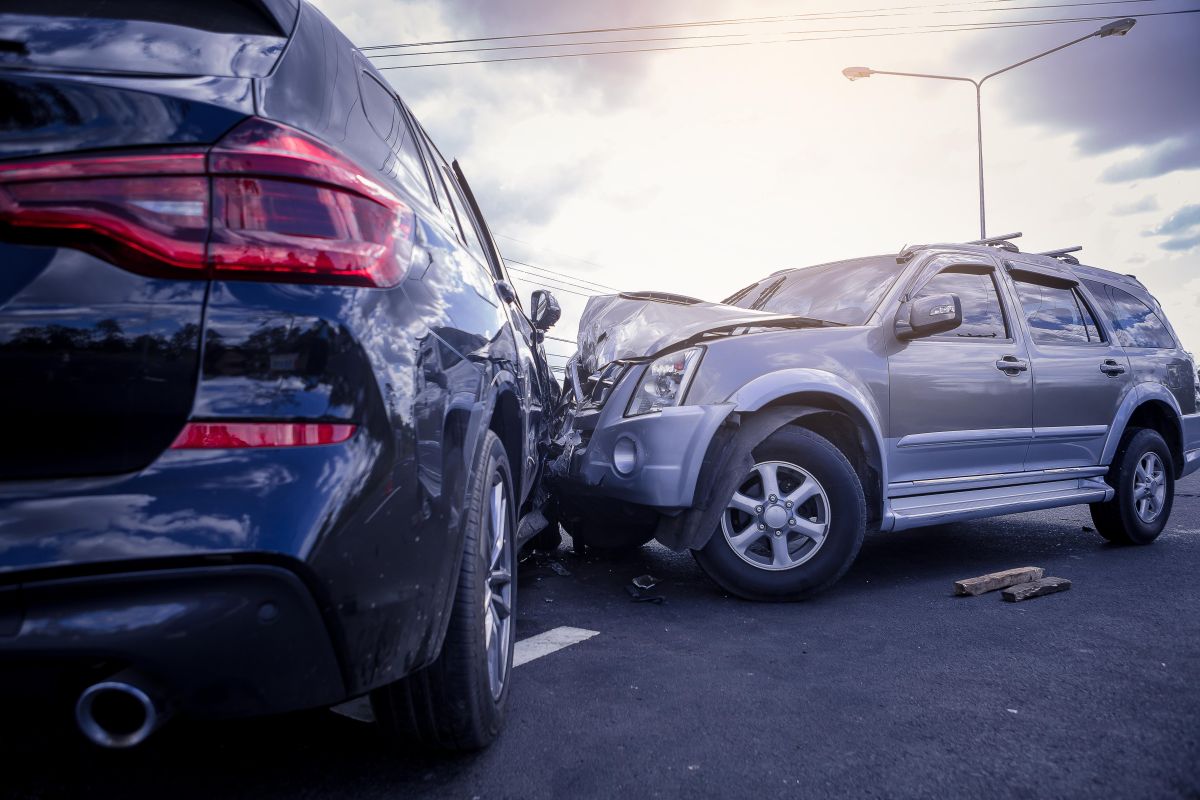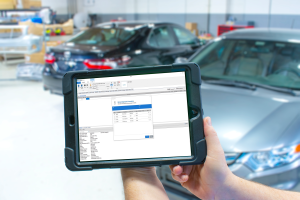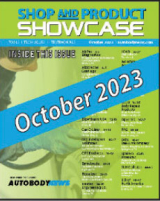The U.S. Bureau of Labor Statistics (BLS) Consumer Price Index (CPI) shows the cost of auto insurance and vehicle repairs rose 22.2% and 11.6%, respectively, between March 2023 and March 2024 -- more than six and three times the overall increase of 3.5%.
The CPI breaks down a long list of goods and services by category. Of those, only two goods -- frozen noncarbonated juices and drinks, with a 27.5% increase year-over-year, and video discs and other media, which rose 30.1% -- saw a larger uptick in price since March of 2023. By comparison, groceries rose 1.2%, gas 1% and electricity 5% in that same time period.
In an April 16 webinar hosted by CCC to take a deeper look into its now-quarterly Crash Course Report, experts touched on the sharp increase in costs for both insurance and repairs, which are connected.
Kyle Krumlauf, director of industry analytics for CCC and co-author of the Crash Course Report, said now-common features like ADAS, infotainment setups and new powertrains are all making repair of modern cars more challenging. That is putting more pressure on insurance companies' claims departments and auto body shops to work accurately and efficiently.
"More scans and calibrations are needed," Krumlauf said. "That contributes to the average repair taking 14 days; 63% have at least one supplement. That adds to claims costs and rental car costs."
Erik Bahnsen, assistant director of industry analytics, said the complexity of medical treatment for people injured in crashes is also increasing, meaning those costs are rising too. On top of that, the percentage of the population age 65 and older is increasing, and those people tend to need more procedures after being involved in a crash. Both of those factors are contributing further to the increase in average bodily injury claim payments, up 7% since 2022, which translates to higher rates passed on to customers.
Krumlauf said vehicle replacement parts have gotten more expensive, and the average number needed per repair has also risen.
Labor rates have also increased -- up 7.4% in 2023 on top of a 7% increase in 2022, though those hikes could fall in line with general inflation later in 2024, Krumlauf said.
Bahnsen said there are also increases in the percentages of underinsured and uninsured motorists -- 14% of drivers are completely uninsured -- and third-party claims submitted for injuries caused by uninsured and underinsured motorists have increased 40% since 2021.
"There are a lot more under- and uninsured motorists," Bahnsen said. "If you get in an accident with one who caused the loss, you’re going to have to make a claim where you didn’t before. That will push even more of that group into the uninsured or financially stressed category, compounding the issue."
Tim Christ, solution expert, said that lack of coverage for some drivers also affects subrogation, which affects cycle time.
As used car prices soared during the pandemic -- the average adjusted vehicle valuation amount increased 49% between 2020 and 2022 -- and then cooled off, that has affected which cars get totaled, Krumlauf said.
There was a 1.5% increase in vehicles flagged total loss in 2023, primarily due to used vehicle values decreasing. Krumlauf said 70% of valuations are for vehicles 7 years or older.
The increased total loss frequency decreases the ratio of repairable vehicles. Higher physical damage severity losses, which might have been repaired a year ago, are more likely now to be totaled, increasing shop capacity and lowering overall cycle times.
Further, the used vehicle loan to value ratio in Q1 2023 was 126%.
"More people are starting to default on auto loans," Krumlauf said. "Credit card delinquencies and debt have both increased over the past couple of years. Delinquencies are at levels not seen since the 2008 recession. As households are confronted with affordability challenges, [insurance customers] might increase deductibles, decrease limits or eliminate some coverage."
Key Takeaways
Krumlauf said "talent, tech and resilience" are the main points of the Q1 2024 Crash Course Report.
"There are talent challenges within the collision repair industry and insurance market as well," he said. "Part of that can be confronted with tech -- AI can offset some menial tasks people do in insurance."
He said it remains to be decided how and when to integrate that technology, and how to pair it with the talent and processes within companies.
"We all have been resilient over the past couple of years," Krumlauf said. "We need to continue to be agile and prepared for change. We don’t know if these are the norms we can expect to see in the future."
Bahnsen said there has always been complexity in the nature of casualty claims. He agreed repetitive tasks should be automated using technology to prevent "accuracy leakage" when those tasks are done by hand.
Christ said he is "super interested in tech but also frustrated with the industry" being slow to adopt it. He said he recently spent 30 minutes on the phone with his insurance company to report a claim.
"We are not using tech to make filing claims easier. We need to create as streamlined and efficient a process as possible," he said.
Using 10 to 15 years of data to create benchmarks don’t work anymore, Christ said.
"We need to start from 2022 and go forward," he said. "The same old formulas just don’t work anymore."
One webinar attendee asked what the industry should focus on to control claims costs, since inflation is not in repairers' and the insurance companies' control.
Christ said total losses make up a disproportionate amount of claim losses as a whole.
"We need to figure out how to better control total loss costs," he said. "It takes 25 days on average to determine a total loss. If we can speed that up, we can reduce the cost to determine, and that will have an affect on claims as a whole. We need to improve operational efficiency to bring down cost as well."










Abby Andrews